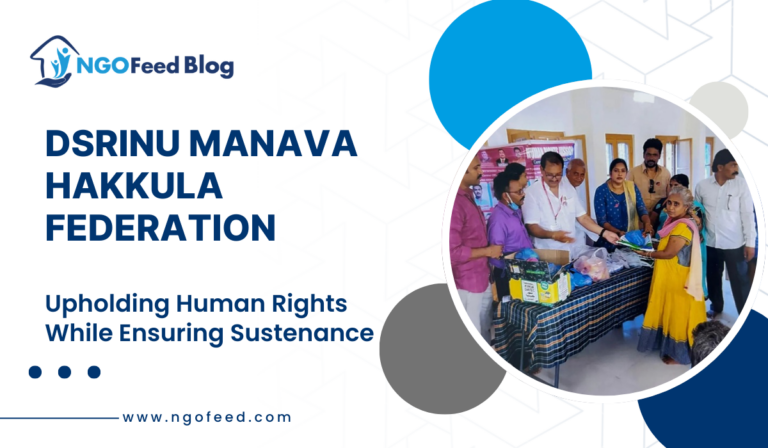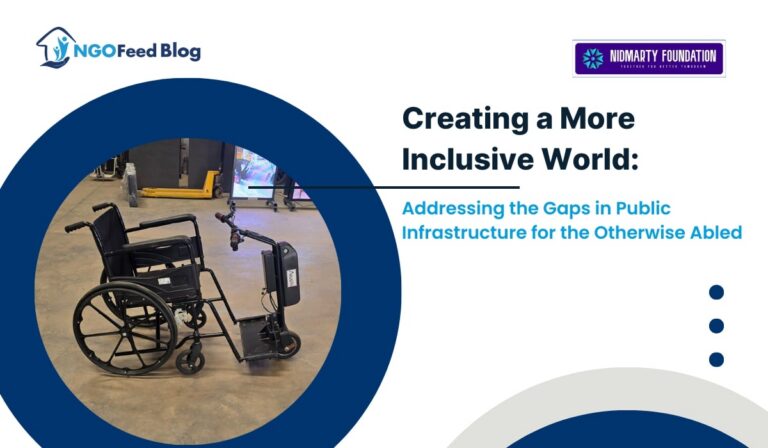Parvaah Urban Forestry Campaign: Parvaah, a non-governmental organization dedicated to environmental conservation, education, and social upliftment, today announced the launch of its Urban Forestry campaign, focusing on revitalizing green spaces within Delhi NCR’s busy shopping complexes and market areas. The initiative commenced with the planting of over 15 Neem (Azadirachta indica) trees in the heart of Nehru Place Market – Asia’s biggest market for computer hardware, software and other equipment to combating urban heat islands and enhancing the city’s air quality.
Table of Contents
Parvaah Urban Forestry Campaign AIM
Recognizing the critical need for green cover in heavily commercialized zones, Parvaah’s campaign aims to transform these concrete jungles into thriving ecosystems. The strategic planting of Neem trees, known for their air-purifying and shade-providing properties, will contribute to a healthier and more sustainable urban environment, aligning with Parvaah’s broader commitment to holistic community development. “Urban markets and shopping complexes, while vital to our economy, often lack sufficient green spaces,” said Ms Benu Malhotra Trustee at Parvaah.
The Objective of the Urban Forestry Campaign AIM
“Our campaign is designed to address this imbalance by introducing native trees that not only improve air quality and reduce temperatures but also create a more pleasant and sustainable environment for visitors and vendors. This initiative is a testament to Parvaah’s integrated approach, where environmental action directly contributes to social well-being.” The Nehru Place Market planting is just the beginning.
Parvaah plans to expand its urban forestry campaign to cover more areas within Delhi NCR. It will collaborate with local authorities, market associations, and community members to identify suitable planting locations and ensure the initiative’s long-term success. This campaign will also educate local vendors and visitors on the importance of ecological balance.
Parvaah also distributed over 1000 Tulsi plants amongst vendors, employees and shoppers in the Nehru Place Market area. “We believe that by working together, we can make a significant impact on our city’s environment, while simultaneously fostering a sense of community ownership and promoting educational opportunities,” added Ms. Malhotra.
Parvaah Goal
“Our goal is to create a greener and more resilient Delhi NCR for future generations, while also enriching lives through our broader programs in education and social upliftment.” The Urban Forestry campaign will focus on: – Planting Native Trees: Selecting species that are well-suited to the local climate and contribute to biodiversity.
- Community Engagement: Involving local residents and market vendors in planting and maintenance efforts, fostering a sense of ownership.
- Awareness Programs: Educating the public about the importance of urban forestry and sustainable practices, integrating these lessons into Parvaah’s educational outreach.
- Long-Term Maintenance: Ensuring the survival and growth of the planted trees through regular care and monitoring.
- Social Upliftment: Engaging marginalised communities in the maintenance of the trees, creating employment opportunities. Urban forestry is crucial for New Delhi to combat its severe environmental challenges.
The city faces alarming air pollution levels, with PM2.5 concentrations often exceeding safe limits by many times, posing significant health risks to its residents (Source: Various air quality reports).
Importance of Urban Trees
Urban trees act as natural filters, absorbing pollutants like ozone, nitrogen dioxide, and particulate matter, thus improving air quality. Studies indicate that trees can remove a substantial amount of PM2.5 annually, directly reducing mortality rates associated with pollution. Moreover, Delhi experiences a pronounced urban heat island effect, with temperatures significantly higher than in surrounding rural areas. This is due to the abundance of concrete structures and a lack of green cover. During the May heatwave, night-time temperatures in Delhi’s built-up areas were significantly hotter than the surrounding agricultural and forest lands.










